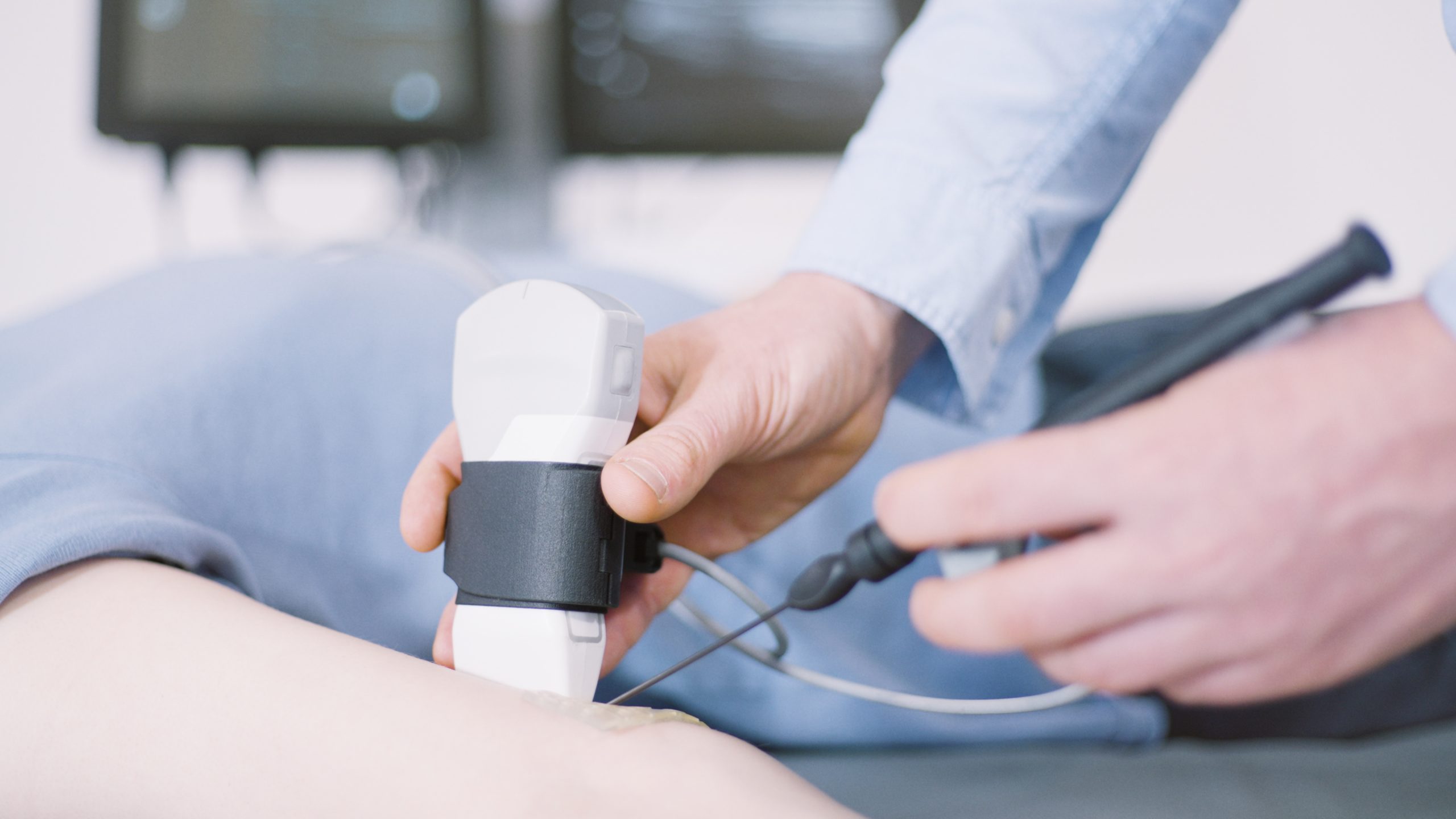
The Role of Ultrasound Simulation in Emergency and Critical Care training
The traditional method of medical training, often referred to as “see one, do one,” has long been a cornerstone of medical education. In this model, trainees observe a procedure, then perform it under supervision before eventually practicing independently. While this hands-on approach has produced generations of skilled medical professionals, it has its limitations, especially when dealing with high-risk procedures and critical care environments. With patient safety, student confidence, and the demand for precision at an all-time high, now is the time to rethink how we train the next generation of healthcare providers. This is where ultrasound simulation technology becomes a game changer.
1. Mitigating Patient Risk
One of the most significant limitations of traditional training in emergency and critical care settings is the risk posed to patients – particularly those who are already vulnerable, such as infants, trauma victims, or critically ill patients. High-risk situations leave little room for error, and the stakes are often too high for inexperienced practitioners to “learn on the job.”
Ultrasound simulation allows trainees to practice in a controlled, risk-free environment, where no real patients are involved. They can practice everything from needle insertion and guidance to recognizing fluid in the potential spaces, without the worry of causing harm or delaying treatment. For critical care specialists who routinely manage patients in unstable or high-risk conditions, the ability to hone skills without risking patient safety is invaluable.
2. Building Confidence and Competency
It’s not just about safety. Confidence is key in emergency situations, where hesitation can cost lives. Traditional methods may not always provide enough practice opportunities for trainees to feel completely confident in their abilities. In contrast, simulation-based training offers repeated exposure to various scenarios, ensuring that skills are developed thoroughly and confidently.
When trainees practice ultrasound techniques in a simulation environment, they can repeat procedures until they feel proficient – something that isn’t always possible in a busy emergency department. This builds their competency and allows them to approach real-life scenarios with the calm and assurance that comes from having successfully practiced numerous times.
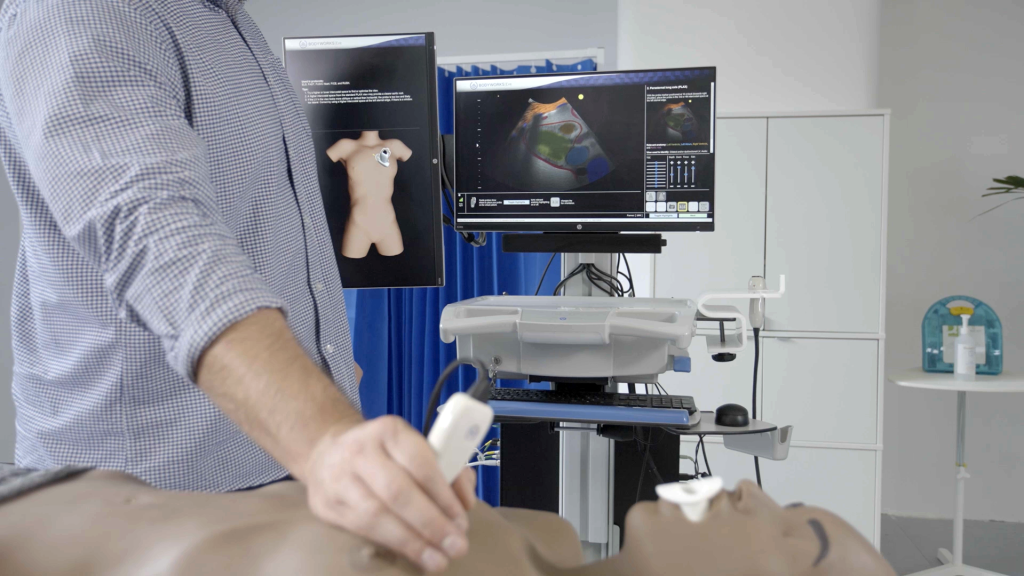
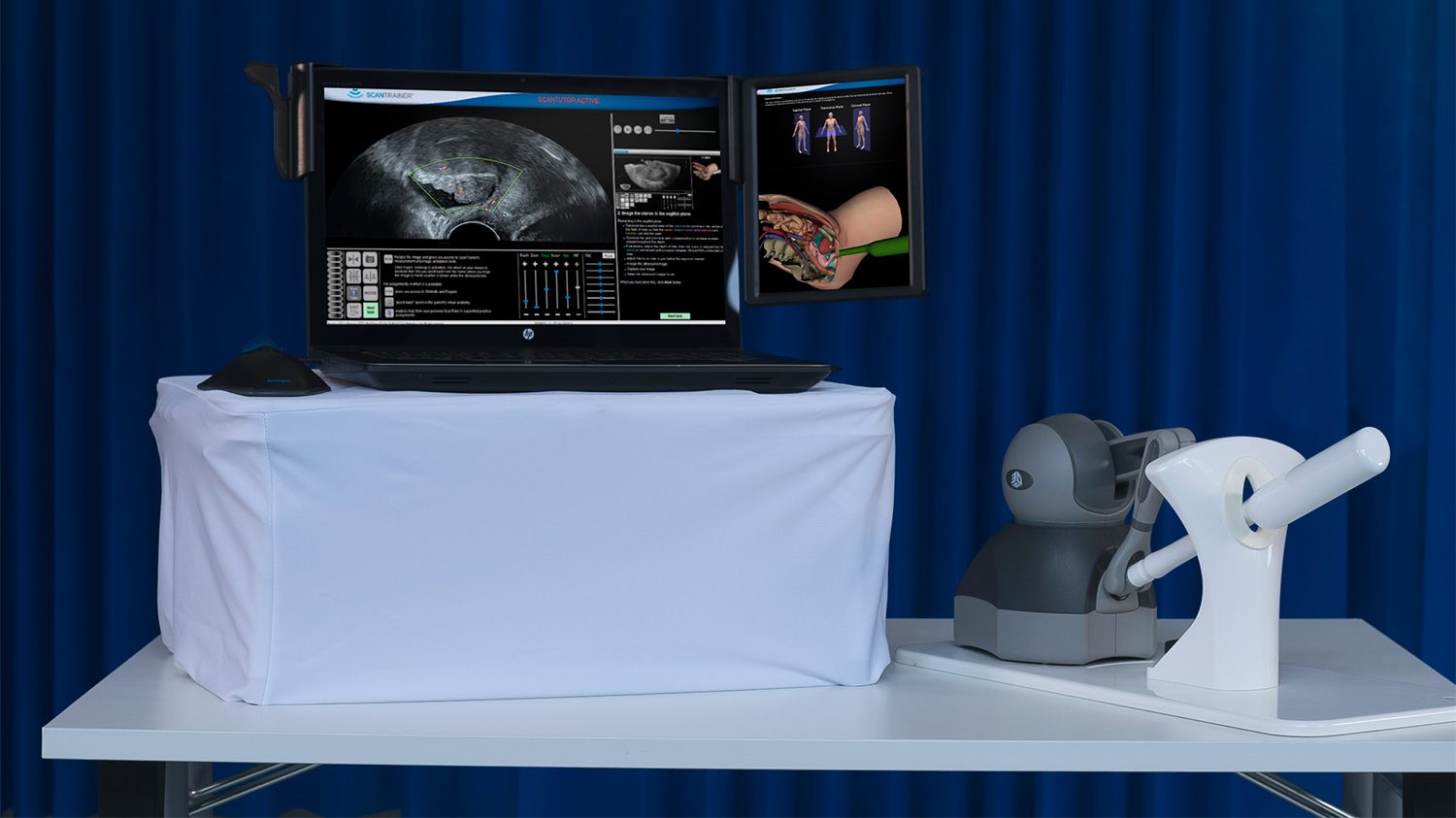
3. Repeatability for Mastery
In critical care training, rare or complex procedures can be hard to practice because they don’t present themselves frequently enough in a clinical setting. This is particularly true for ultrasound-guided procedures on patients with high-acuity conditions. How can students gain experience in these rare, high-stakes scenarios?
Ultrasound simulators provide trainees with access to these rare cases in a repeatable format. From managing cardiac tamponade to diagnosing hydronephrosis in an unstable infant, trainees can face these scenarios as many times as they need to in order to perfect their techniques. This repeatability accelerates the learning curve, helping students transition from novice to expert faster than they would in traditional training settings.
4. Exposure to Pathology: Low Occurrence, High Acuity
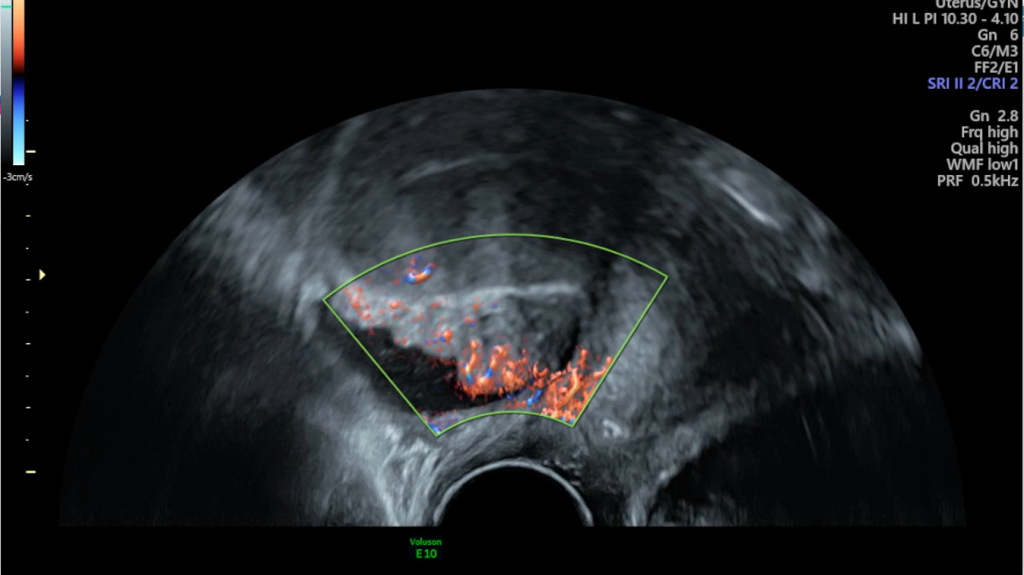
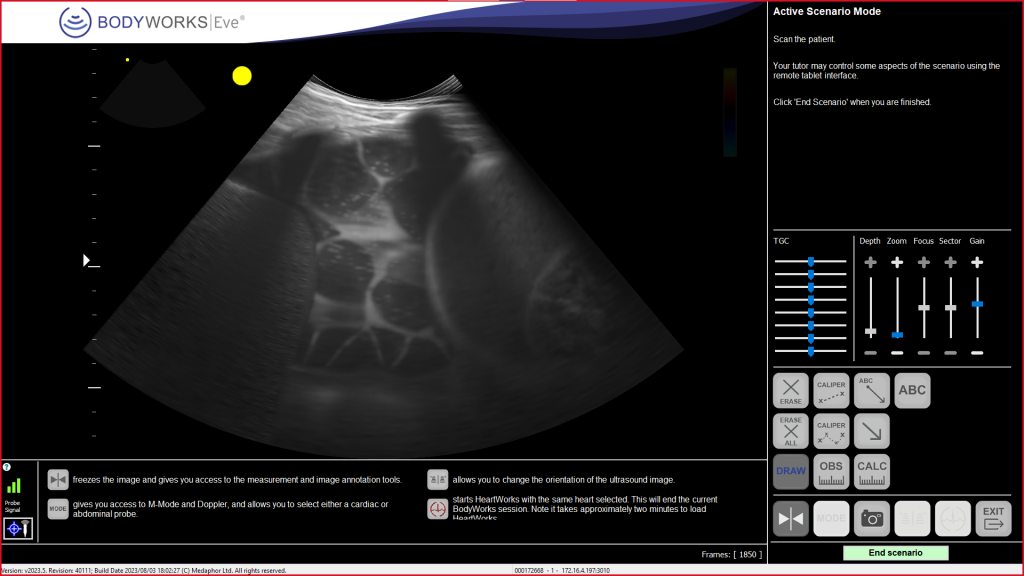
One of the greatest challenges in medical education is ensuring that trainees are exposed to the full range of pathologies they may encounter in their careers. However, certain high-acuity conditions – such as traumatic pneumothorax, a fusiform aneurysm or newborn intraventricular hemorrhage – are rare, making it difficult for students to gain hands-on experience.
Simulation bridges this gap by offering a wide range of pathologies, even those that occur infrequently. Trainees can practice managing rare but critical cases in a controlled environment, ensuring they are prepared when they do encounter such conditions in real life. By using simulation technology, healthcare professionals can ensure that their skills are not limited by the unpredictability of patient presentations.
5. Self-Directed Practice and Flexible Learning
In a fast-paced, high-pressure healthcare setting, it’s often difficult for trainees to find time to practice sessions. Ultrasound simulation offers the flexibility of self-directed learning. Trainees can practice on their own time, as often as they need, to perfect their skills. This flexibility not only reduces reliance on scheduled clinical hours but also enables learners to take control of their own educational journey.
Furthermore, simulation-based learning accommodates different learning paces. Those who need more time to practice specific skills can do so without slowing down their peers or taking time away from clinical responsibilities.
6. Shortening the Learning Curve
Emergency medicine and critical care are fast-paced fields that demand quick thinking and precise execution of skills. The quicker a trainee can achieve proficiency, the better prepared they will be for real-life scenarios. Traditional training methods often leave gaps in exposure and confidence, while simulation provides a more structured, repeatable learning experience.
With simulation, the learning curve for ultrasound-guided procedures can be significantly shortened. By allowing trainees to practice the same skill multiple times and receive instant feedback, simulation creates a more efficient path to mastery, enabling faster, safer integration into clinical practice.
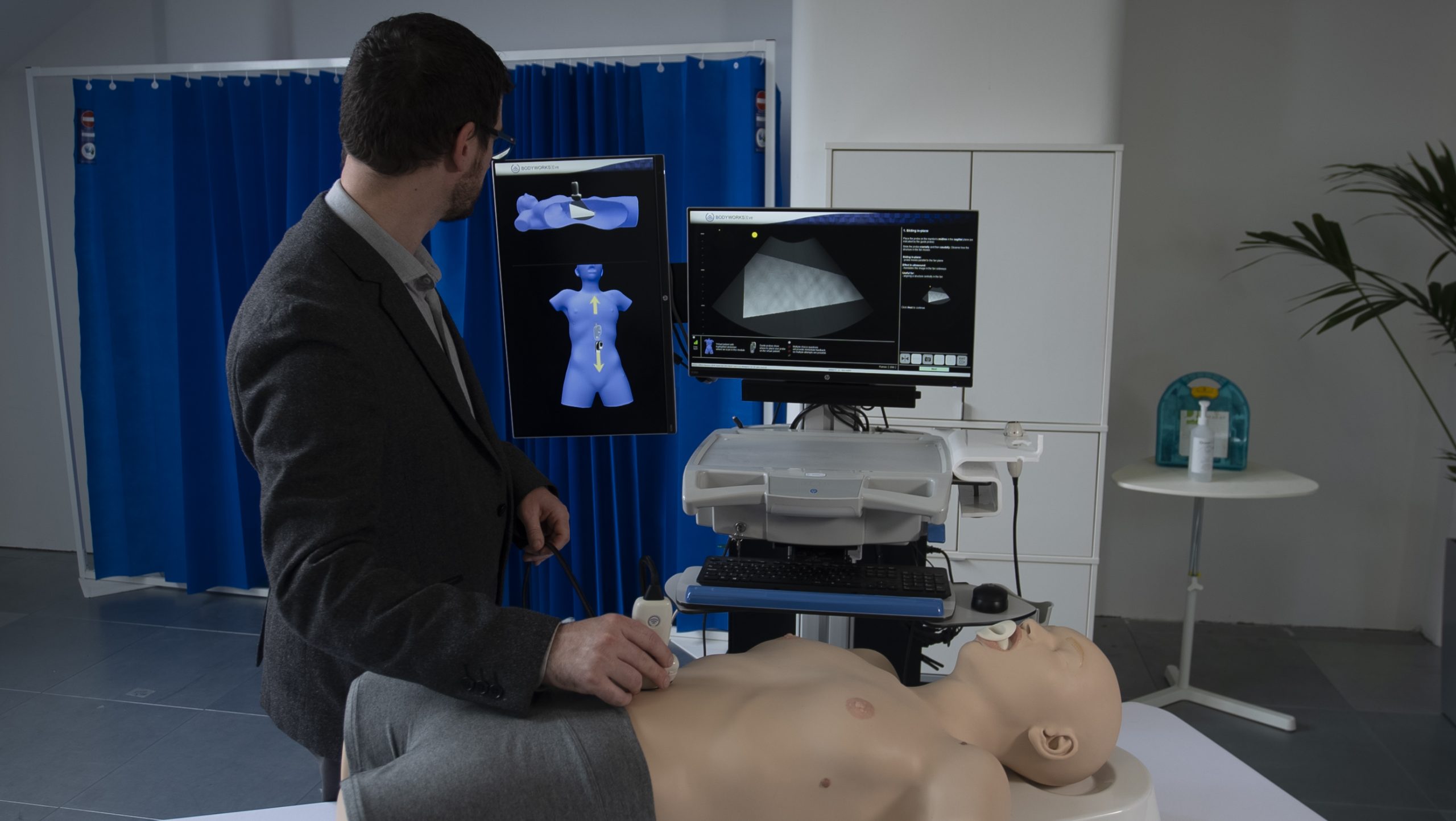
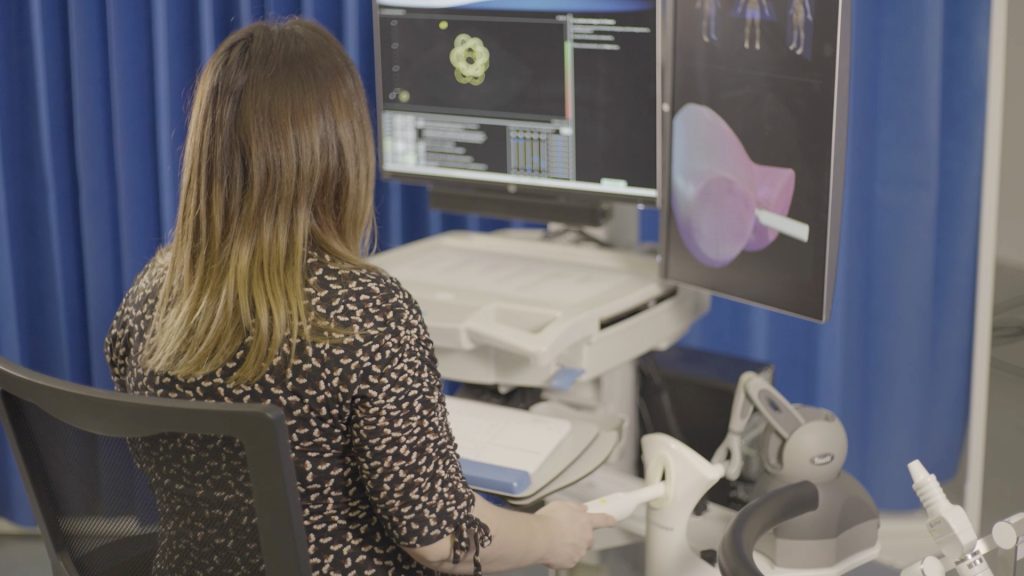
7. Training in High-Stakes Situations – Without the Pressure
The chaotic atmosphere of emergency and critical care are filled with distractions. There’s a constant need to juggle patient care with the pressures of a fast-moving environment. Simulation removes these distractions and provides a controlled setting where trainees can focus solely on the task at hand.
This distraction-free environment allows for more accurate assessments of proficiency. Instructors can evaluate a trainee’s skill level without worrying about the potential negative impacts on a real patient. It’s also easier to pinpoint areas for improvement, providing targeted feedback that can be implemented in future practice sessions.
Conclusion: A Safer, More Effective Training Model
Ultrasound simulation offers a training solution that mitigates risk, builds confidence, and shortens the learning curve – all while providing unlimited access to rare, high-stakes cases. By integrating simulation into training programs, healthcare institutions can better prepare their teams to handle the complexities of emergency and critical care medicine, ensuring that both patients and practitioners benefit from safer, more effective care.
It’s time to move beyond ‘see one, do one’ alone, and embrace the future of medical training.



